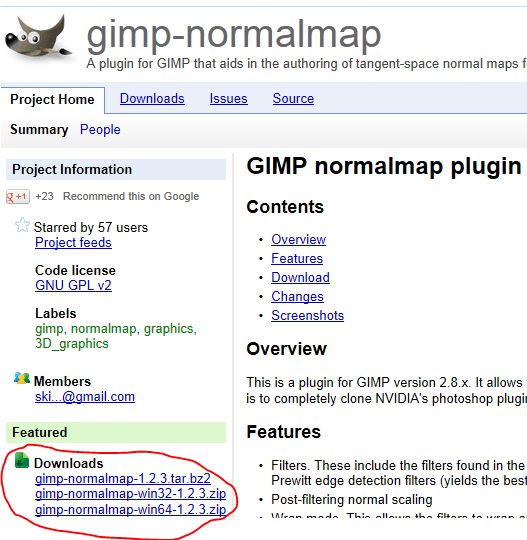
This is because we can only define whether a surface goes up and down, which means adding angled details to a bump map, like engravings on a sphere, are almost impossible. Unfortunately because bump maps only define whether a surface goes up or down, we cannot define things spheres with engravings easily in bump maps. When the ray hits the white plane, it bounces off as you would expect. This makes it where when a light ray hits the surface of a bump map, it bounces as if the surface is deeper/higher than the actually geometry in the surface is.įor example, in the image below a ray of light are hitting the completely flat plane with no bump map or normal map.

Technically speaking, a normal map is a sub category of a bump map.Ī bump map simple stores whether a pixel is displaced/extruded up or down. To answer this, let’s compare bump maps to normal maps.Ī bump map (sometimes know as a height map) and a normal map are different things. Now you may be wondering, what is the difference between a normal map, and a bump map, and if we are converting a bump map to a normal map, why not just make a normal map to begin with? Most of the time we do not actually use the bump map directly in games, but instead we bake/convert it into a normal map and use that instead.

The reason is because bump maps make it much easier to add details that would otherwise take a long time to add, or would be impossible. Why do you want to use a bump map though? Why add another time consuming texture to your workflow?


 0 kommentar(er)
0 kommentar(er)
